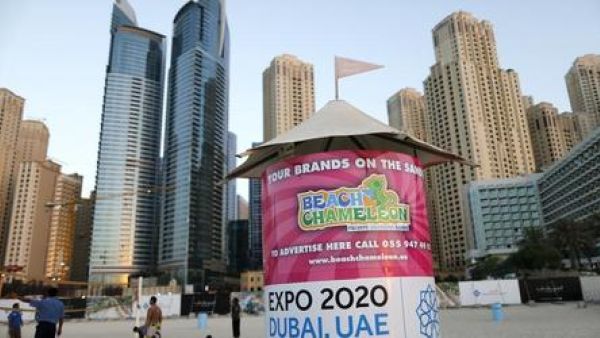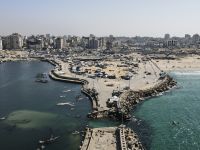Dewan Architects and Engineers sees the rate of developments growing exponentially higher across the UAE due to the emirate’s economic resurgence and its successful bid to host World Expo 2020 in Dubai, its senior official says.
Ammar Al Assam, executive director of Dewan, strongly disagreed with the misconception of some people that the increasing number of development projects may affect the quality of building design and urban planning, and said that in fact it has created an arena for proactive competition in new ideas and concepts.
“The UAE market is typically not a low-budget consumer market. An accelerated level of activity in the country usually encourages innovation and excellence, rather than resulting in mass production where quality suffers,” Al Assam told Khaleej Times in an interview.
The leading architectural and engineering consultancy firm, which was established in 1984, has a portfolio of projects that spans more than 10 countries including Iraq, Libya, Saudi Arabia, the Philippines and Qatar, among others. It is encompassing commercial and residential towers, mixed-use projects, hospitality and leisure developments, sports complexes, retail malls, healthcare developments, education facilities and urban planning developments.
Al Assam, who spoke at length on sustainability in the UAE architecture and construction industry, said Dewan has designed hundreds of projects since its establishments 30 years ago throughout the region. Some of the major projects Dewan has designed include Ibn Battuta Mall Dubai (in association with Callison), Djibouti Kempinski Resort and Hotel, City Walk Dubai (in association with Benoy), Baghdad Rotana Hotel, Bateen Park Abu Dhabi and Media One Tower Dubai, among others.
About the major projects in the pipeline, he said the company is working on number of developments across the region.
“We are working on number of large mixed-use projects for Emaar and Meraas. Major developments include Madinat Al Nakheel Basra — a 145sqkm development for one million new residents, Samarra University [Baghdad], the Al Bayt mixed-use project in Khobar [Saudi Arabia], among others,” he said.
To a question regarding new developments in the wake of World Expo 2020, he said the investment in widespread and sustainable developments will ensure that the benefits of this Expo will become an asset for the future generations of the UAE and the whole region.
“We could easily see that the rate of development is growing exponentially higher by the day in preparation for the big event. Similar to the other Expo-hosting cities, development of this kind is known to have outlived the duration of the expo itself, generating benefits many years afterwards,” he said.
Regarding the innovations currently underused in the country to improve energy efficiency, he said: “I believe that the building envelope insulation technology has been the focus of most developments. It is now commonplace to expect the high performance of the building walls, ceiling and floors. The use of solar power is in my opinion the least used sustainable technology in the GCC region.”
In reply to a question on the growing number of construction projects blunting the country’s focus on environmental sustainability, he said a greater risk of this scenario may have arisen if the relevant authorities had relaxed their building-performance requirements to encourage market growth at any cost.
“But to the contrary, in my opinion, the UAE government will not want to sacrifice the achievements it has already made in sustainable development, and instead further encourage the sustainable growth of the building sector of the economy.”
He said the current UAE sustainable-design building codes — specifically Abu Dhabi’s Estidama and Dubai’s DM Green Building Regulations — cater to the local requirements of the country.
“We definitely shouldn’t blindly emulate or copy the experiences of other countries as these may not work for our own markets in terms of economics, social/cultural factors, geography, demographics and so on. But this doesn’t mean we shouldn’t learn from the experiences of other countries and adapt them to suit our own needs and requirements... Countries in Scandinavia, such as Denmark, have some ground-breaking codes that are worth looking at in terms of sustainable design practice that could benefit the region — without, of course, being blind copies,” he added.
About the cost to develop projects with a focus on ecological sustainability, he said: “In my opinion, clever and well-oriented sustainable design does not need to carry a major price tag. It could even be done at a cost saving if designed properly. However, it is all related to cost and benefit analysis of such measures.
“In a market where the users appreciate the value of living in a healthy and environmentally-friendly structure and are ready to invest in it, the market for such buildings grows bigger, property values rise, and the investment becomes more beneficial.”
“These have made substantial differences on the ground. To start with, they have created a consumer market for sustainable developments which is primarily based on making an initial investment for a long-run return and better commitment towards the well-being of the community.”
“They have also created a quantifiable framework to measure building performance and environmental behaviour, and the tangible means to engineer the way towards higher performance,” Al Assam concluded.
By Muzaffar Rizvi








